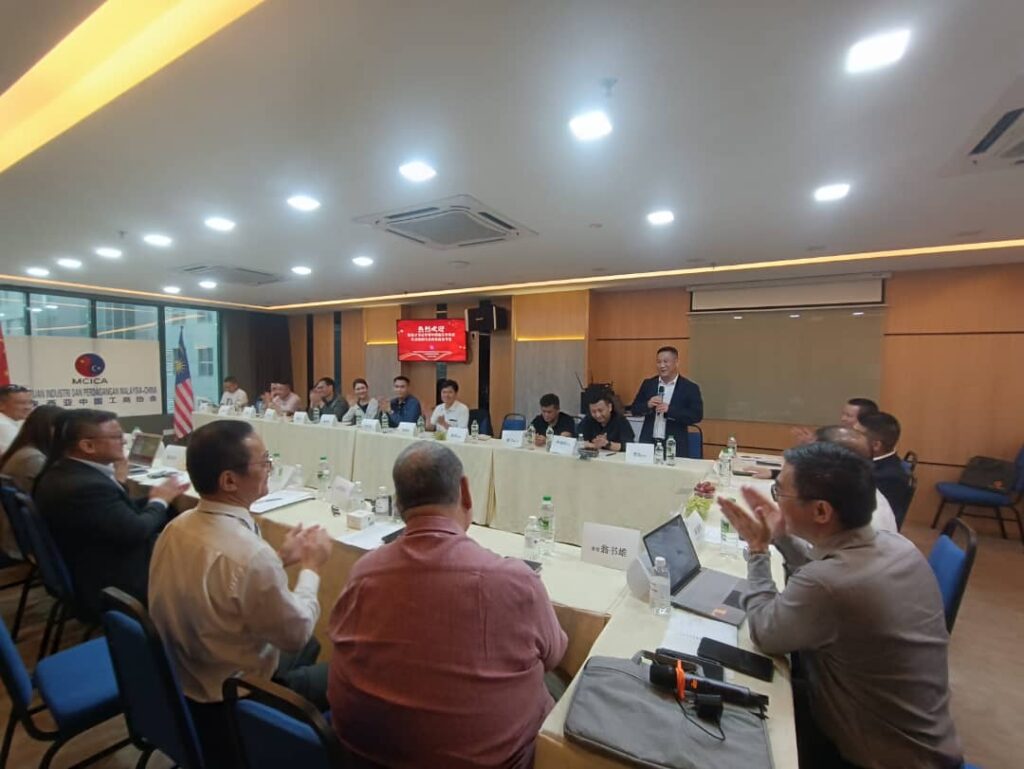
KUALA LUMPUR, March 22: 10 major producers of electric rice cookers, electric kettles and other household appliances from LianJiang City in Guangdong Province in China are currently on a four-day fact-finding mission to Malaysia to explore potential collaboration with local entrepreneurs and industrialists.
Today, the visitors led by Chen EnCai, Secretary of LianJiang City Hall, visited Sen Heng, one of Malaysian largest retailers of household appliances, to better understand Malaysia’s retail business landscape.
Known as the top production hub for electric rice cookers and electric kettles, LianJiang accounts for more than half of China’s output of such appliances.
Its industrial transformation towards becoming top supplier of electric rice cookers and electric kettles began from the 1980s when several Original Equipment Manufacturers (OEM) were set up and their progressive growth has led them to become suppliers to China’s leading brands like Haier, Gree and Midea, to name a few.
These days LianJiang is not only known for its electric cookers and electric kettles but has since become renowned for its pressure cookers, induction cookers, multi-function cookers, steamers and electric frying pans.
LianJiang’s rise towards becoming the leading producer of such modern appliances also significantly impacted its local economy in several ways like massive job creation for skilled workers like technicians, engineers, and administrative staff; vast improvements in infrastructure; and the establishment of a strong local supply chain to support its household appliances industry’s ecosystem.
Yesterday, the visitors held a dialogue with members of Malaysia-China Industrial and Commerce Association (MCICA) to facilitate greater economic cooperation between Malaysia and China.
Also present was Tan Kok Wai, the MP for Cheras and then Special Envoy of Malaysia to China and Chairman of Malaysia-China Business Council from August 2018 to March 2020, who spoke of the tremendous opportunities for greater bilateral cooperation, especially with the strong diplomatic ties between Malaysia and China over the last 50 years.
Saying that China has been Malaysia’s top trading partner for the last 14 years, he added that the similar trade and economic strategies adopted by both countries should pave the way for them to further strengthen their bilateral cooperation.
Tan also urged the LianJiang’s manufacturers to consider the multilingual and other skill sets available in Malaysia for their overseas expansion.
LianJiang City Hall’s Chen said their visit was also to know their business partners better as LianJiang-made products have already been sold in the Malaysian market through various brands.
In addition, the visit also coincided with LianJiang’s manufacturers’ ambition to go global in a bigger way, he added.
Liu Jingmei, director of the LianJiang Municipal Bureau of Science, Industry, Trade and Information Technology, said LianJiang’s strong emphasis on research and development into smart home appliances had led to the city becoming a base for such products in China.
Its technology has enabled LianJiang’s manufacturers to cater for various consumer preferences from high to medium to medium and low end products.
MCICA president Lu Zhi Fang said that with Malaysia’s strategic location South East Asia should encourage both countries to achieve better win-win results through their industrial collaboration and trade cooperation.
He hoped that bilateral cooperation would strengthen further from now on, especially with this year being the 50th anniversary of diplomatic ties between Malaysia and China.
Datuk Lee Hwa Cheng, business development committee member of the Malaysia Business Council, told the visitors to take note of Malaysia’s pre-eminent position in the halal eco-system and consider using Malaysia as a springboard for exports to other Islamic countries.
He said this was an area that Malaysian and Chinese entrepreneurs should take advantage of as there were more than 50 Muslim-majority countries in the world while the global Muslim population was estimated at around 1.7 billion people.
WE